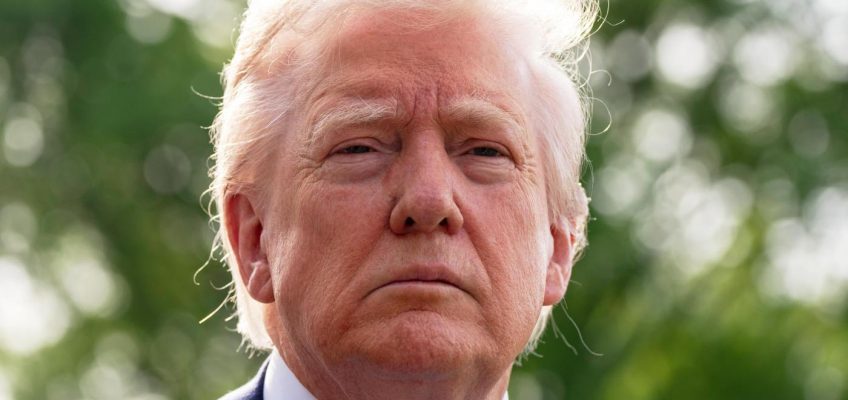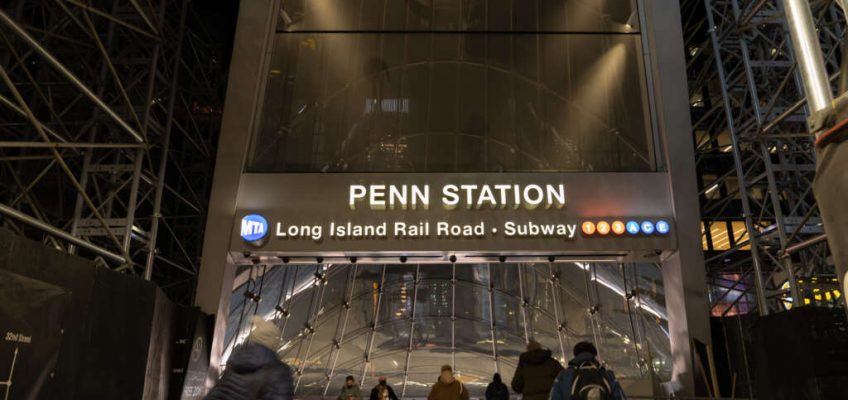By LISA MASCARO, AP Congressional Correspondent
WASHINGTON (AP) — Why not tax the millionaires?
As Congress begins drafting a massive package for President Donald Trump’s “big, beautiful bill” with trillions of dollars in tax breaks and federal program cuts, it’s a question that won’t seem to go away.
Trump himself has mused he’d “love” to tax wealthier Americans a little bit more, but the Republican president has also repeatedly walked it back. This week, the president dismissed a tax hike as “disruptive” when asked about it at the White House.
But still it swirls.
And it’s setting up a potential showdown between the old guard of the Republican Party, which sees almost any tax hike as contrary to the GOP goal of slashing government, and its rising populist-nationalists, who view a millionaire’s tax as championing working-class voters who helped deliver the White House.
“Bring it, baby,” said former Trump strategist Stephen Bannon on his podcast.
Think of it as Bannon on the one side, versus Newt Gingrich, anti-tax crusader Grover Norquist and others on the other — a debate that once seemed unfathomable for Republicans who have spent generations working to lower taxes and reduce the scope of the federal government.
“I don’t think we’re raising taxes on anybody,” House Speaker Mike Johnson, R-La., said this week on Fox News Channel.
Johnson said there have been lots of ideas thrown out but the Republicans are working against the idea of a tax on millionaires. “I’m not in favor of raising the tax rates because our party is the group that stands against that, traditionally,” he said.
This spring and summer, the Republican-led Congress is determined to make progress on the package, which is central to the party’s domestic policy agenda. It revolves around extending many of the GOP tax cuts that Congress approved in 2017, during Trump’s first term, but are expiring later this year.
As it stands, the top individual tax rate is now 37%, on annual incomes above $611,000 for single filers and $767,000 for married couples. If Congress fails to act, that rate is set to revert to what it was before the 2017 tax law, 39.6%, on top filers.
It seems impossible that Republicans in Congress will purposefully wade into the debate. They are striving to keep all the existing tax brackets in place, while adding new tax breaks the president campaigned on during the 2024 election — including no taxes on tips, Social Security income, overtime pay and others. It’s a potentially $5 trillion-plus package.
But the Bannon wing is working to force the issue, saying it’s time to raise that top rate on the wealthier households, at least $1 million and above.
Sounding at times more like progressive Democrats, Bannon’s flank sees a tax hike as a way not only to ensure wealthy Americans pay their fair share but to generate federal revenue. With federal debt at $36 trillion, they say it can help counter annual deficits that cannot be offset by budget cuts alone.
“The current system we have is not sustainable,” Bannon said at Semafor’s World Economy Summit on Wednesday in Washington. “You have to go to an alternative. I think the alternative is budget cuts. And … it has to be tax increases on the wealthy.”
That’s drawing fierce blowback from the traditional tax-cutters, who have gone into overdrive, warning of nothing short of a political shattering of GOP orthodoxy, and the party itself, if Republicans entertain the idea.
Donald Trump’s trip to Pope Francis’ funeral puts a sharper focus on their clashes over the years
US to loosen rules on Tesla, other carmakers taking on China in race for self-driving cars
Immigration is Trump’s strongest issue, but many say he’s gone too far, a new AP-NORC poll finds
Trump says ‘Crimea will stay with Russia’ as he seeks end to war in Ukraine
Canadians put off by Trump’s bluster and border arrests are booking far fewer US visits
“Madness,” Gingrich, the former Republican House speaker, told Fox News’ Larry Kudlow.
Gingrich warns of a George Bush-style political implosion similar to his “Read my lips: No new taxes” pledge, which contributed to his failed 1992 presidential reelection bid.
“It would be a disaster,” Gingrich said.
Trump appears to be weighing the arguments, sending mixed messages about what he prefers.
“Newt is quite possibly right on this,” the president said in a note Gingrich said he received from the president and reposted Tuesday on social media.
“While I love the idea of a small increase,” Trump said in the note, “the Democrats would probably use it against us, and we would be, like Bush, helpless to do anything about it.”
Trump went on to counsel that if they can do without it, they’re probably better off. “We don’t need to be the ‘READ MY LIPS’ gang who lost an election,” he posted.
Asked about a tax hike on millionaires Wednesday in the Oval Office, Trump was more definitive.
“I think it would be very disruptive,” he said, suggesting wealthy Americans would simply leave the country, rather than pay the higher tax, and end up costing in lost revenues.
Yet in a Time magazine interview posted Friday, Trump said of a millionaires’ tax: “I actually love the concept, but I don’t want it to be used against me politically.”
As Republicans in Congress work behind the scenes crafting the tax bill — and at least $1.5 trillion in government spending cuts to help cover the lost revenues — it seems highly unlikely enough of them would agree to a tax hike.
Most of the congressional Republicans have signed a no-taxes pledge from Norquist’s Americans for Tax Reform group, even as others signal some interest.
With Democrats prepared to oppose the package altogether because of its expected steep cuts to federal programs, the Republicans will need to keep all their lawmakers in line if they hope to pass the bill through the House and the Senate with their narrow majorities.
Yet, as Republicans are scrounging for ways to pay for their tax bill, they face potential resistance within their own ranks to reductions in Medicaid, food stamps or other federal programs.
Even an accounting measure preferred by the Senate Republicans, which would count the 2017 tax breaks as current policy rather than a new one requiring an offset, still comes up short for covering the full price tag of the new package, which could swell beyond $5 trillion over 10 years.
Setting the new top rate at about 40% for those earning $1 million or above would bring in some $300 billion in revenue over the decade, analysts have said.




